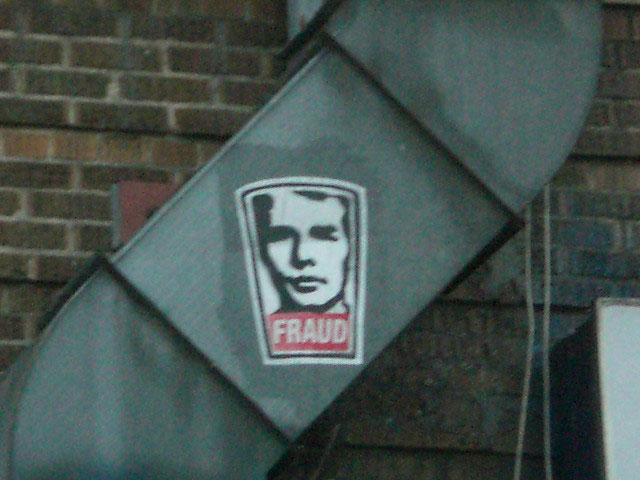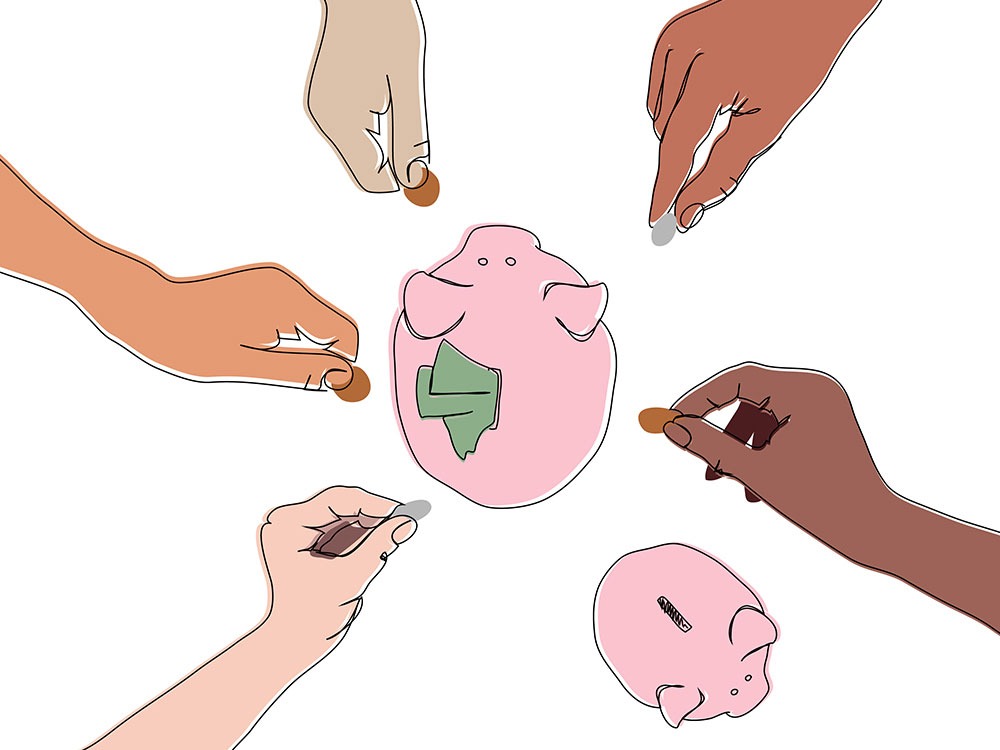
October 4, 2016; TechCrunch
When it comes to crowdfunding campaigns, do you ever worry if your contributions actually go where they are promised to go? GoFundMe is working to ensure your donations are secure through a new layer of protection called The GoFundMe Guarantee. This new program allows crowdfunding donors and beneficiaries to submit claims for fraudulent campaigns.
Scams have increasingly become an issue on larger crowdfunding platforms. Kickstarter and Indiegogo have thousands of projects launched every day, but since backers on these sites expect to receive a product or some other kid of reward, fraud is usually obvious once a campaign comes to an end. But when it comes to charity-based giving, which has been the GoFundMe platform’s focus, where the money has gone becomes more difficult to track.
Rob Solomon, GoFundMe’s CEO, explains that, “GoFundMe wouldn’t exist without the empathy of our donors, and the GoFundMe Guarantee is about protecting their generosity with the industry’s first and only guarantee.” The platform’s PR team assures that less than 0.1 percent of all fundraising campaigns have exhibited any signs of fraud.
Sign up for our free newsletters
Subscribe to NPQ's newsletters to have our top stories delivered directly to your inbox.
By signing up, you agree to our privacy policy and terms of use, and to receive messages from NPQ and our partners.
Will this guarantee help the crowdfunding site eliminate fraud? Perhaps, but it also comes with some serious limitations:
- The guarantee is limited to $1,000 per donor and $25,000 per recipient charity
- It will only give coverage to campaigns where the recipient charities are based in the United States or Canada. This means the guarantee will not cover any donors giving to campaigns in the United Kingdom, Australia, Ireland, France, the Netherlands, Belgium, Germany, Spain, Luxembourg, Finland, Austria, or Italy. GoFundMe intends to add more countries, but does not have a timeline on when this will happen.
GoFundMe declares that since “more than 99 percent of all GoFundMe donations are less than $1,000,” the guarantee protects nearly every donor. The $25,000 limit per recipient charity is a cause for concern. Why would GoFundMe place a per-recipient cap at all if they believe they can recognize, expose and stop fraudulent activities on their platform?
One recent GoFundMe success was a campaign that brought in over $10 million to support Louisiana flood victims in August of 2016. This crowdfunding campaign was a great example of how powerful these platforms can be in raising awareness and immediate support for natural disasters. But if this or any other viral campaign were discovered to be fraudulent, how would GoFundMe be able to arrest the damage in time? GoFundMe offers a worthy and valuable service to the nonprofit community, but its guarantee still needs work.—Aine Creedon













